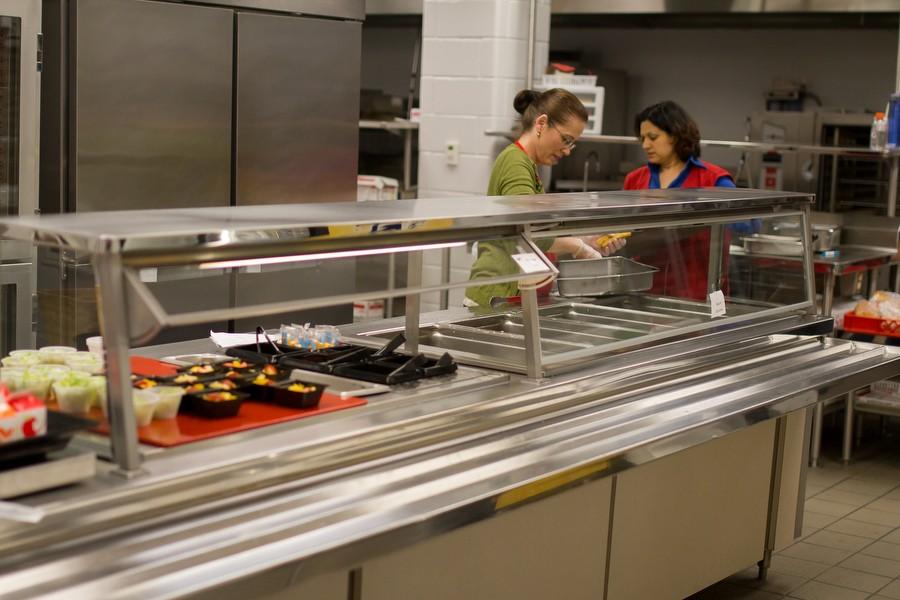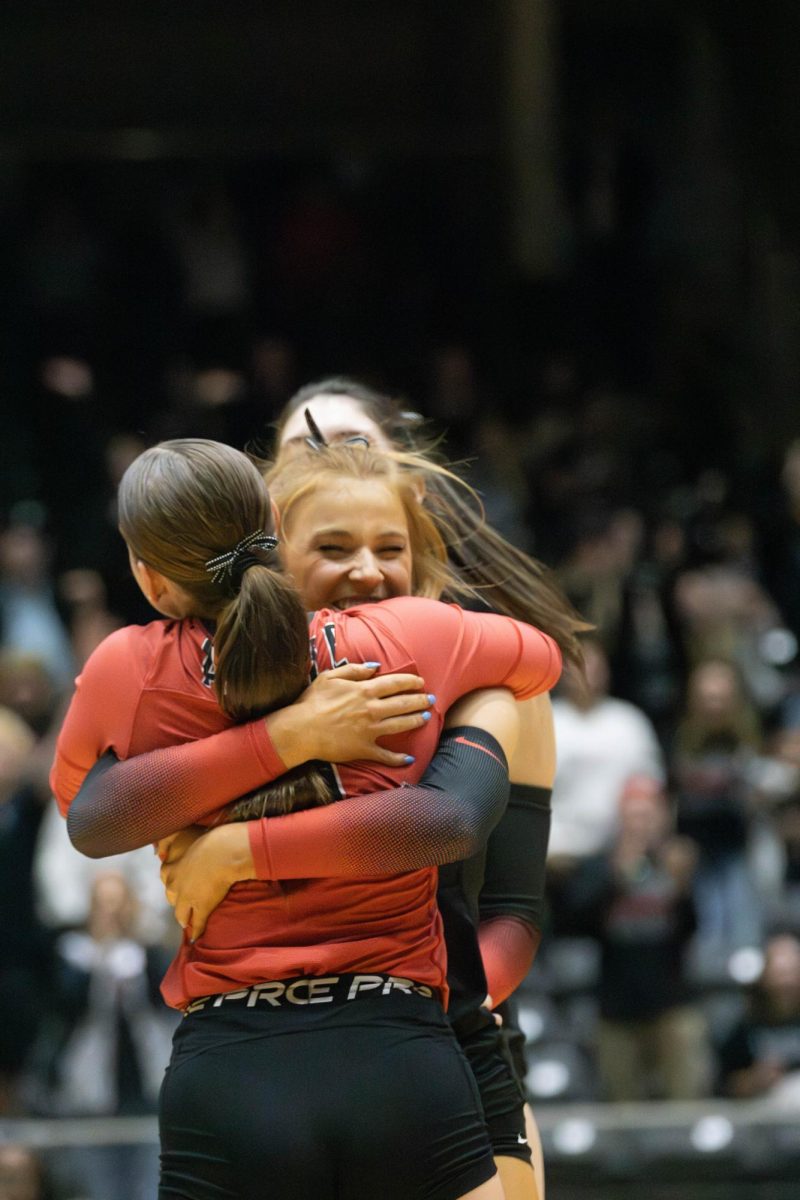Block Lunch Schedule: Tasty Choice for All
February 26, 2016
Administration has looked into installing a block lunch schedule for the 2016-17 school year. Ideally, the former “A and B” system will be abandoned in favor of this new plan, which extends everyone’s eating time to an hour instead of thirty minutes. In an effort to limit the amount of time students spend before and after school on clubs, tutoring, and class meetings, these events will be held during the last thirty minutes of lunch. If a student doesn’t have anything to attend during this time, they are free to spend the entire hour eating or socializing with friends. Both students and teachers alike seem to think highly of the plan, and expect it to be a beneficial addition to next year’s schedule.
Implementing a block lunch schedule allows students to have more flexibility with their time. Because students will be granted an hour for lunch, they can attend club meetings during school rather than before or after. Many struggle to fit tutorials into their schedules outside of school hours. The new lunch allows students to excel academically while still participating in numerous extracurricular activities. According to principal James Hill, schools that switched to this atypical style of lunch found that the percentage of failing students drastically decreased. The block lunch schedule also allows for students to begin interest groups with their peers. This will create an environment where students feel a part of something while promoting school unity.
While students will be thrilled with this proposal, the staff will also reap multiple benefits. Stating that the new lunch is a privilege, educators will gain leverage on students’ choices. For example, if a student or class is disrespectful to authority, violates school policy, or fails to manage their grades, administration has the right to revoke their privilege until the situation is resolved. This gives incentive for students to maintain their grades and uphold the school’s expectations. Creating more independent students with personal motivation will contribute to making the school more exemplary and providing a more focused learning environment.
Though there are few opposing voices to the block lunch plan, they do exist. Some have raised concerns about how high school kids might behave poorly with too much free time. Others have said that the cafeteria might not have the time to prepare and distribute enough food to serve all of the high school students in the same hour. Both of these claims seem a little arbitrary, and neither seems to be an issue within other districts that have adopted the block lunch program. For one thing, Argyle Students have never had a history of behaving badly during lunch. Additionally, though most kids should handle an extra thirty minutes of lunch just fine, plenty will have clubs and tutoring to attend during this time. This means that anyone who wants something to do should always have options available to keep them busy. As for the cafeteria situation; both A and B lunch are back to back, which means that employees who work in the kitchen/lunchroom essentially prepare food for the entire high school to be served within an hour anyways. Having middle school on a new campus next year should offer even less issue, because the cafeteria staff will focus solely on providing for high school students.
The flexibility that the block lunch schedule provides allows the school to try out new activities and give students the chance to manage themselves. While transitioning into this may initially be difficult, implementing the block lunch schedule benefits both students and teachers. Therefore, all parties should contact administration to show their support of this proposal.








